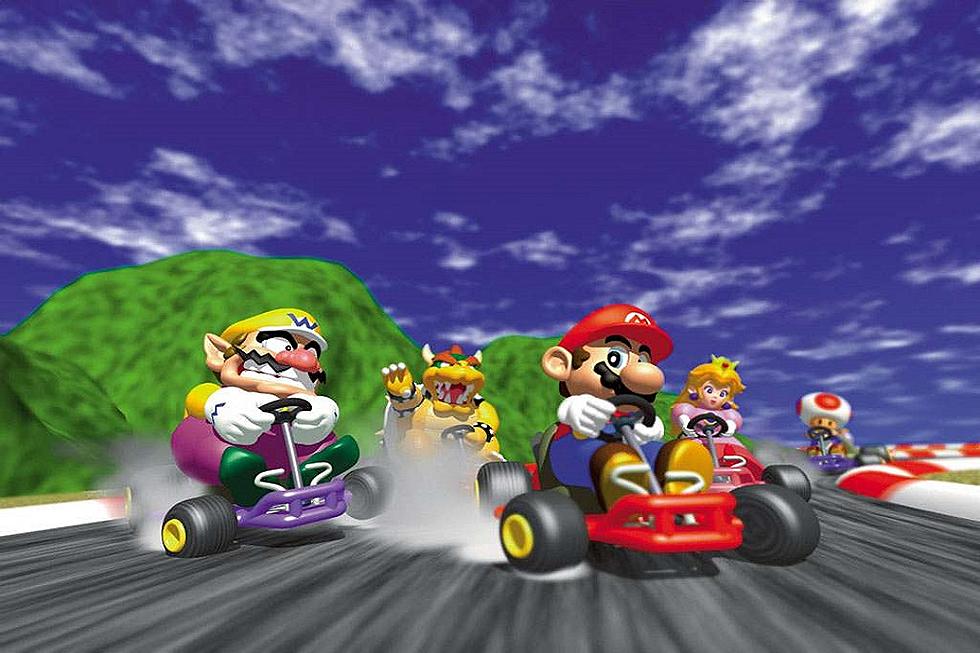
Unraveling the Mall Mayhem of the First Dead Rising
The zombie horror trope is sort of like a flu. It comes around, seemingly disappears for a while, and then seems to surge harder than ever. Horror media of all kinds have seen hordes of the cannibalistic undead explored in practically every way under the sun and moon across several decades. Capcom was certainly responsible for their share of undead buzz with the repeated success of their survival-horror classic franchise, Resident Evil, but it didn’t stop them from pursuing an entirely new franchise that took on the concept of the zombie outbreak from a new angle. It was today in 2006 that we took Frank West to the Willamette Mall to cover more than just wars in the original Dead Rising.
Dead Rising came about two years after Universal Pictures chose to pursue a remake George A. Romero’s 1978 classic zombie horror film, Dawn of the Dead, in 2004. Zack Snyder’s remake of the film drew a renewed interest in the genre. At Capcom, producer Keiji Inafune and director Yoshinori Kawano wanted to pursue a new zombie title, but with a somewhat more lighthearted and comedic approach. In the end, they chose to pursue the mall zombie outbreak concept found in both the original and remade Dawn of the Dead films. This presented them with a sandbox-style in which they could not only put the focus on a variety of item interactivity, but also various hordes of infected and the survivors whose lives had been disrupted by the events.
Indeed, where many of the Resident Evil games started players well after the events of the outbreak had happened, Dead Rising sets professional photojournalist Frank West on his way somewhere in the middle of it all. Coming on a tip from an anonymous provider, West is flown to the sleepy suburban town of Willamette, Colorado, which is currently being blockaded by the military when he arrives. When West is dropped on the roof of the Willamette Mall, it doesn’t take long before he’s joining up with strangers to try to stave off the advancing horde of the undead attempting to break in. It comes down to Frank to survive the next three days, save everyone he can, unravel the cause of the outbreak and escape to take the story public.
Gameplay is a timed affair in Dead Rising. You can do what you want and go wherever you please, but certain objectives appear on timers throughout the game and if Frank misses a major story event, the truth is lost. To this end, Frank can explore different parts of the mall, exploring shops and picking up hundreds of usable items with which to heal himself, fight zombies and crazy people, change his appearance or buff his abilities. There are living people scattered throughout the mall and Frank can endeavor to escort the sane ones back to a safe room alive if he chooses. There are psychopaths as well, each unhinged and dangerous individuals that lost their minds in the outbreak or were just terrible to begin with. Each of the psychopaths play the part of boss battles that can advance the story or give Frank access to some fantastic new gear.
Dead Rising represented a transitional period for video games. Rolling out early in the Xbox 360 platform’s era, Dead Rising was one of the first games that came only in high-definition with no option for standard definition. This was a source of contempt among many players that hadn’t made the switch yet or had smaller high-definition sets. Unfortunately for them, Capcom would end up standing by their decision. Even further, Dead Rising’s technology allowed for more animated on screen objects moving at a smooth frame rate than many had ever seen before. This allowed for the moving swarms of undead and scattered humans that can be seen throughout the game in such large numbers.
There were many things that were both amazing and frustrating about Dead Rising. It was one of the most ambitious sandbox titles of its time. Its ability to use the increased capabilities of new technology to present an actual zombie horde became a benchmark of what could be expected from high-definition gaming. It wasn’t perfect. Its save system was one of the worst ever created and losing the main story objectives often meant having to start over to try again. However, in a time when the video game industry was in transition between console generations, Dead Rising presented a compelling argument for the increased capabilities and worth of the Xbox 360.
More From Arcade Sushi

![It’s a Monster Hunter World, We’re Just Living In It [Preview]](http://townsquare.media/site/550/files/2017/06/monster-hunter-world.jpg?w=980&q=75)
![Marvel vs Capcom Infinite Just Got a Whole Lot Easier to Enjoy [Preview]](http://townsquare.media/site/550/files/2017/06/mvcinfinite.jpg?w=980&q=75)




![The Nintendo Switch’s Initial Library Preaches Quality over Quantity [Preview]](http://townsquare.media/site/550/files/2017/01/switch-preview-4.jpg?w=980&q=75)

